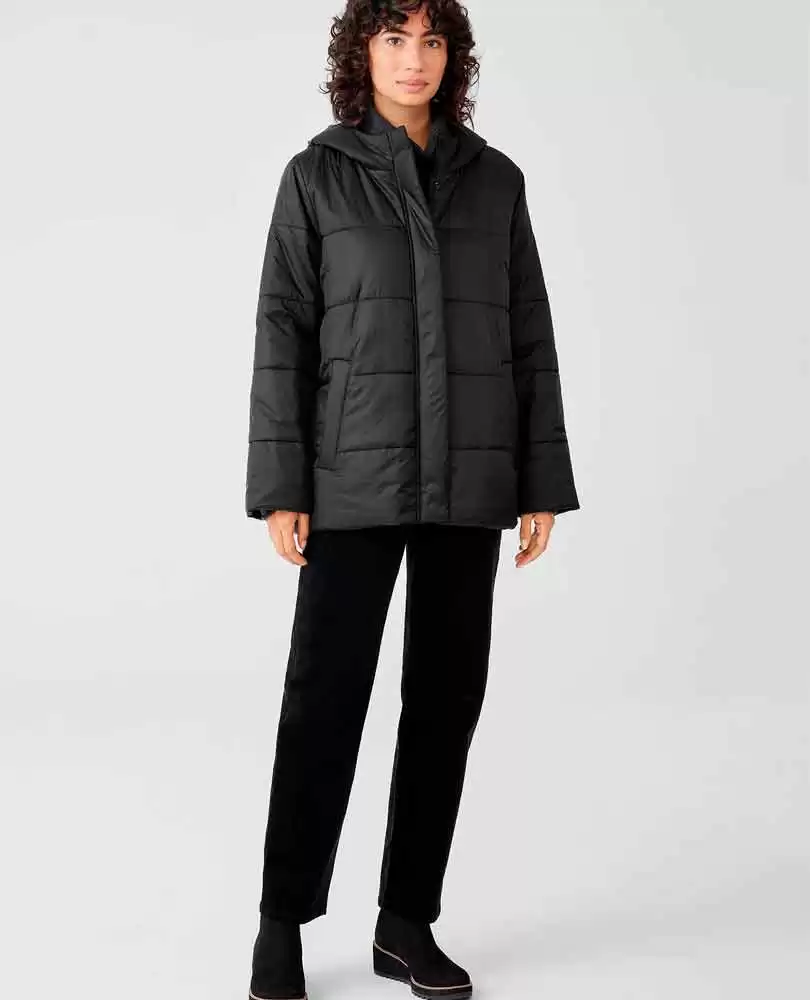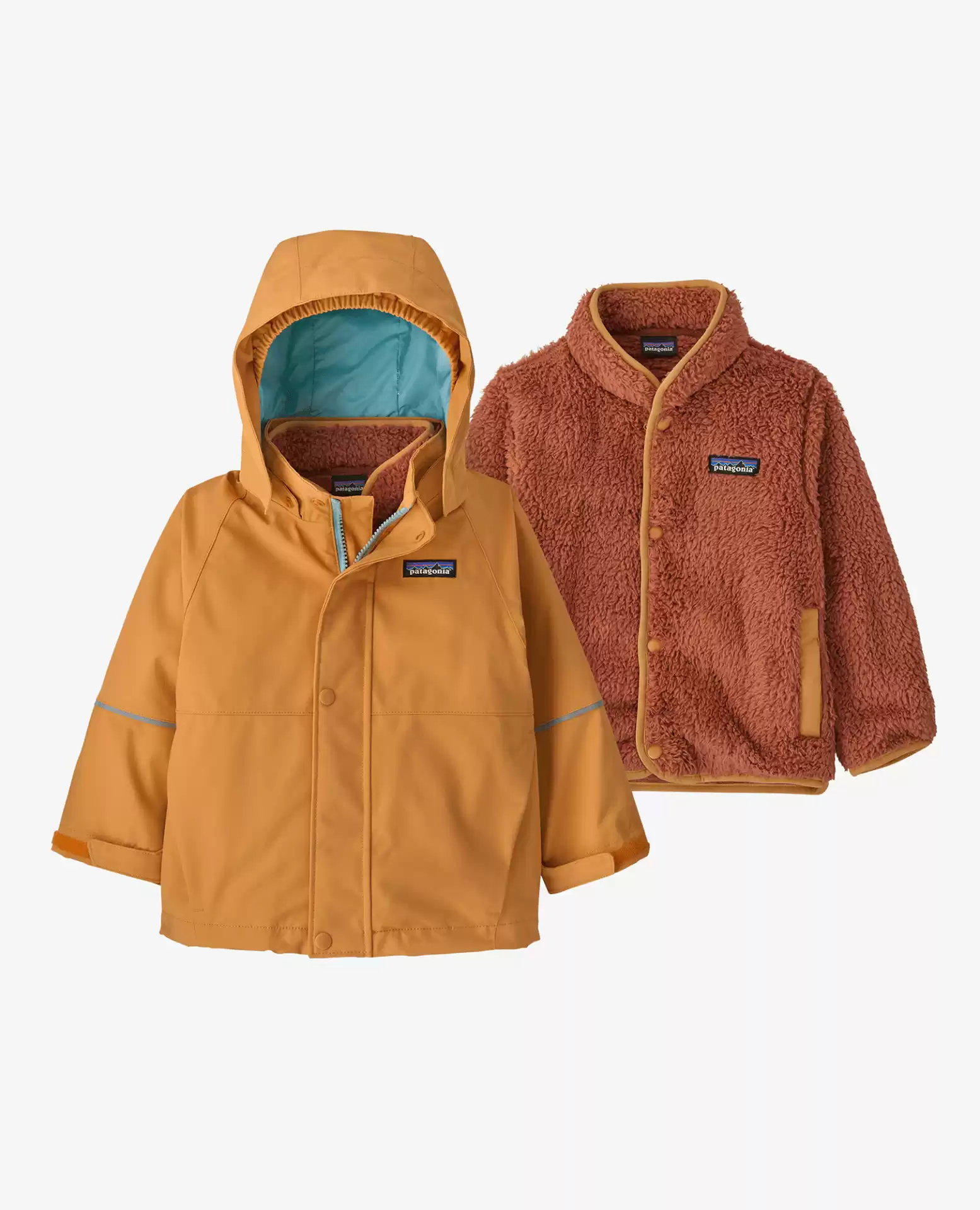11 Mar How bad is polyester for the planet?
To an average consumer, unless we are talking about a chemist, polyester is an extraordinary fiber with many tempting properties. Polyester is strong whether dry or wet. It’s easy to care for, machine washable, can be dried quickly, and resists wrinkles. It serves us well because it has high resistance to stretching, shrinking, abrasion, mold, and moths. No wonder when polyester first reached the market in the 1950s, it was acclaimed as a wonder fiber.
Depending on the manufacturing process, polyester can resemble silk, linen, cotton, or wool. When blended with other fibers, polyester takes on even more forms, combining the good qualities of each, making the garment more durable, better looking, and helping to hold texture and shape better.
Polyester is cheap and versatile and for that reason it has become prevalent in fashion, but the environmental impacts of polyester are immense.
Polyester is a synthetic petroleum-based fiber made from a carbon-intensive non-renewable resource. In fact, more than 70 million barrels of oil are used to make polyester each year. It is non-biodegradable and will persist and poison the ecosystem long after it breaks apart. In fact, it is believed that synthetic garments are the biggest source of microplastic pollution in the oceans, because up to 1900 fibers can be washed off one garment every time it is washed.
Even though producing polyester consumes less energy than nylon, it still requires more than double the energy used for manufacturing conventional cotton. The production of polyester uses harmful chemicals, including some carcinogens. If discarded into water and air untreated, they can cause considerable environmental damage. Most polyester is produced in countries such as China, Indonesia and Bangladesh where environmental regulations are lax, and air and water pollution are often ignored.
On the one hand, the water usage of polyester production is much lower than for natural fibers, but on the other hand, polyester cannot be dyed using low impact and natural dyes. This means that the harmful impact on water supplies is potentially far more significant. Cheap polyester is probably the single biggest offender when it comes to the high environmental cost of fashion.
How to buy polyester sustainably
There is actually a positive aspect of polyester among the others – it is completely recyclable, and it is also possible to manufacture polyester from recycled plastics. This means that we can access the benefits of polyester without manufacturing new from virgin petroleum stocks. There is an increasing number of new polyester-type fabrics that are made from recycled plastics. Certified brands like Stella McCartny make their products from recycled plastic bottles to create active wear, shoes and rain wear garments. There are also other producers that recycle old polyester clothing to create new polyester, however these are not yet common or easy to find yet.
To make a wise choice about polyester look for certain certification labels such as BLUESIGN, Cradle to Cradle Certified™.
Due to the impact of micro fibers on oceans, it’s best to avoid purchasing polyester garments as much as possible. If absolutely necessary, choose recycled polyester for items such as rain wear or athletic wear. But otherwise substitute polyester for natural fibers when you can. If you have old polyester garments to dispose of, explore where you can have them recycled so that existing polyester stocks don’t end up in landfill. Recycling programs for old textiles are becoming more common now. Follow these practices to minimize the impact of your polyester usage.



















